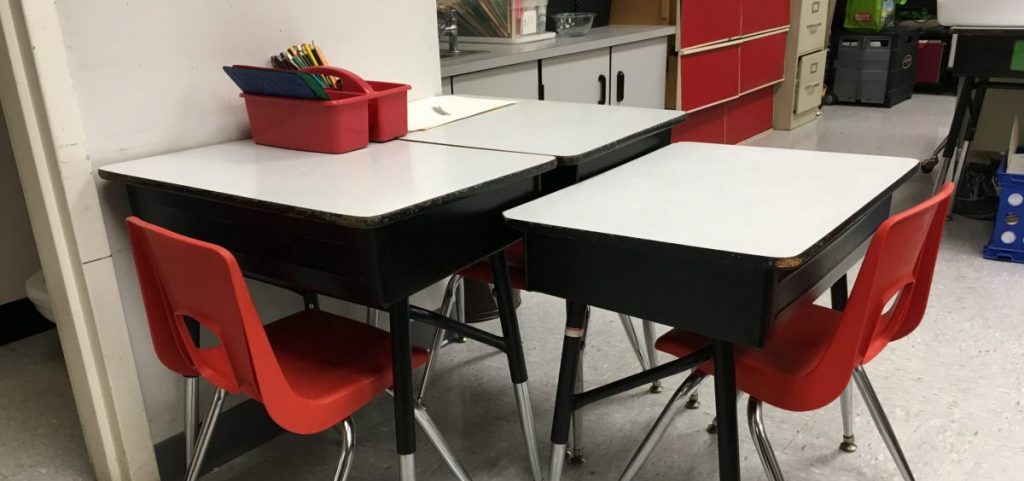News
Mental health care shortages complicate efforts in schools to help low-income students combat learning loss
By: Theo Peck-Suzuki | Report for America
Posted on:
ATHENS, Ohio (WOUB/Report for America) — When schools switched to remote learning during the COVID-19 pandemic, some students just fell off the radar.
Fort Frye Superintendent Stephanie Starcher estimated her district lost contact with about 20% of its enrollees during that time.
“And it’s your most vulnerable kids. It’s your kids who are already having issues,” Starcher said.
Starcher’s observation mirrors a larger trend. According to the recently released 2023 State of Poverty in Ohio report, students across the state experienced learning loss — but economically disadvantaged students struggled most.
The problem is difficult to fix because of another issue also identified in the report: a lack of mental health care services.
“Students cannot learn unless they feel safe and have some type of self-regulation,” Starcher said.
To achieve that, many students need some form of mental health care.
When it isn’t available, or when existing services don’t meet a student’s need, educators say learning loss gets worse. Here again, low-income students are disproportionately affected.
Starcher said based on her experience, these students tend to have higher rates of trauma. This can have disastrous effects on mental health and overall wellbeing. It can be hard for low-income students to access treatment because of high transportation costs and inconsistent broadband access.
As a result, school districts find they can’t mitigate learning loss until they figure out how to provide for their students’ mental health needs.

In Starcher’s view, the need is going up, and not just because of the pandemic. She said she’d already seen a steady increase for years because of the opioid crisis.
Schools have few ways to respond. Starcher said her district lacks providers who can offer important treatments like dialectical behavior therapy, which is used to address a number of serious mental health conditions including suicidal ideation.
“There’s no adolescent dialectical behavior therapy within an hour drive of our school system,” Starcher said.
That’s prohibitive for low-income families who need to ration their vehicle use.
The problem stems in part from a statewide shortage of mental health resources, which the 2023 poverty report identified as a key issue.
The lack of accessibility for such services has a devastating impact on some communities.
“We’ve had two (student) suicides this year,” said Logan-Hocking superintendent Monte Bainter.
Bainter said his district already has some mental health resources embedded in schools through a partnership with Hopewell Health Services.
Now, they’re questioning whether that’s enough.
“The services we have, yes,” he said. “But yet, are they being utilized, and how can we make it more accessible?”
For example, can they do more to manage the stigma around using mental health services? Could the counselor’s office be too close to the school cafeteria, where students can see one another entering and leaving?
Bainter said the school district will spend the summer trying to answer these questions.
“We will have a lot more student voice on, ‘What do you need?’” he said.
“I want to know if we’re missing something.”
There are signs the state is taking mental health seriously.
Ohio Governor Mike DeWine spoke at length about the issue in the most recent State of the State address. In addition, the General Assembly recently increased funding for the 988 Suicide and Crisis Lifeline.
Ohio Association of Community Action Agency Executive Director Philip Cole, whose organization commissioned the 2023 poverty report, said that’s a step in the right direction, but not nearly enough.
“I don’t believe it serves as a replacement for in-person counseling,” said Cole. “We need to do more to encourage people to pursue counseling careers and then to incentivize them to practice in these high demand locations. That should be encouraged as good public policy.”

